Money belts
Having not used one in many years in Southeast Asia, we’re in two minds about you needing money belts, which are mostly worn around the waist, under your clothes. We uses a wallet (stuck in back pocket) and stuffs his passport in another pocket; We uses a backpack or handbag, depending on how we' travelling. Touchwood, we’ve never lost anything in Southeast Asia, but there is no denying a traditional money belt is a safer way to look after your valuables. However, with ATMs all over the joint—and so less of a need to carry bricks of cash around, they are less used than say a decade ago—and there are always the non-cash valuables, such as a passport, which obviously need to be protected.
Opportunistic theft is a problem in Southeast Asia, but by using a bit of common sense you’ll most likely avoid any problems. Despite our personal stubbornness, money belts remain a popular way to protect valuables like passports and credit cards.
If you do want one, looking for one made of lightweight material (silk is good) that will not sweat up in the Asian heat and humidity. Also make sure the clasp is sturdy. Multiple zipper-sealed pockets are handy. Lastly, make sure that the money belt is reasonably easy for you to access—there’s nothing worse than a belt that needs to be taken off to be opened, or one that you need to take your trousers off to access.
Money belts can also be purchased in a pouch style that is worn around the neck. While also popular, we’d lean towards recommending a waist belt as they are more secure, if slightly less comfortable.
Other security gear
Good items to carry include small combination locks (no need to worry about lost keys—just don’t forget the combination) to lock as many of your backpack zippers as possible.
Some travellers swear by lock cables. These are essentially a piece of plastic-sheathed heavy-duty but lightweight cable that can be used to securely connect your luggage to something sturdy in the room. The main challenge, especially in budget accommodation, is finding something sufficiently secure to which you can connect the cable. The bed frame, or, funnily enough, the toilet, can be good options. Do bear in mind that there is little point securing your backpack to the bed frame if your pack can be easily opened and unpacked.
Pacsafe have a popular product made of a thin wire mesh webbing that totally covers your backpack and allows it to be padlocked to something secure. While it won’t totally stop prying hands, it is a great way to secure your pack. You can read more about Pacsafe here.
General security
A general word on bag security. Don’t ever, ever, ever pack items of value in your pack then store the bag out of sight (eg on the bus roof or in the cargo hold of a bus). Theft from stowed bags remains a big problem in Thailand—particularly on the buses running from Khao San Road to Ko Samui, Ko Pha Ngan, Ko Tao and other popular tourist destinations. The easiest way to avoid this is to not take buses from Khao San Road and instead head to the government bus station where it is far less of a problem (though not non-existent). But if you insist on using the Khao San buses, don’t ever, ever, ever store anything of value in the luggage compartment. Ever!
Do you need trekking boots?
You’ll see plenty of backpackers trundling around Southeast Asia with a pair of very new-looking trekking books tied to the outside of their pack (not wheelie bag, as they have no tie-downs). In all likelihood, the only time they've worn them was when they arrived on their long haul flight.
So, generally, the answer is no. There are however a number of occasions where boots are recommended, namely when you’re planning on climbing volcanoes in Indonesia or doing extensive trekking elsewhere in the region.
That’s about it, actually.
If you’re planning on just doing a bit of trekking or caving out of Chiang Mai, Sapa or Phong Nha, all you need is a decent pair of runners. In all likelihood, your guide will be wearing flip-flops or sandals and in dry season you could probably get away with the same (in Indonesia three of our volcano guides were barefoot). In wet season though, proper footwear is recommended. Trekking books though, like what you get for Nepal (or climbing volcanoes in Indonesia), are overkill. We’d say they are generally not required, thought they are good for protecting your feet when motorbiking.

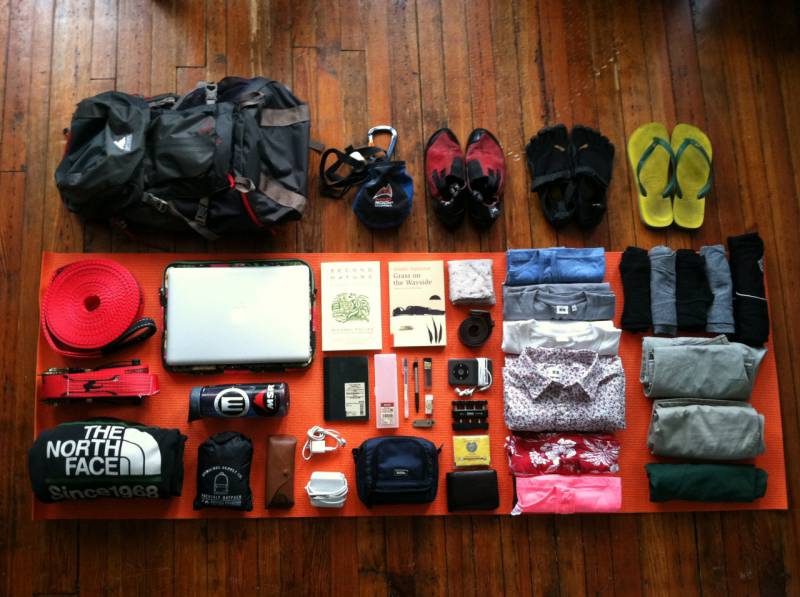
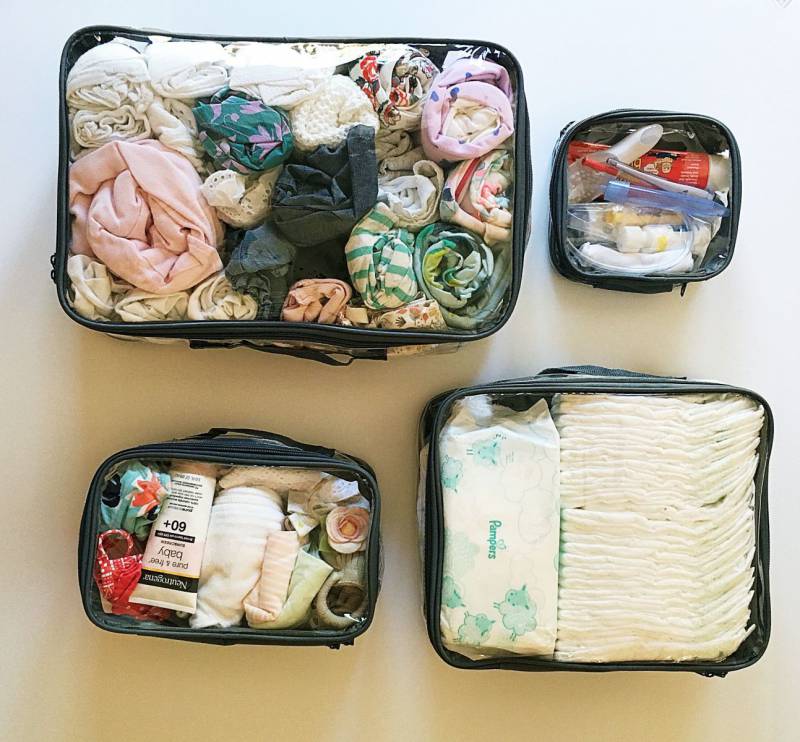
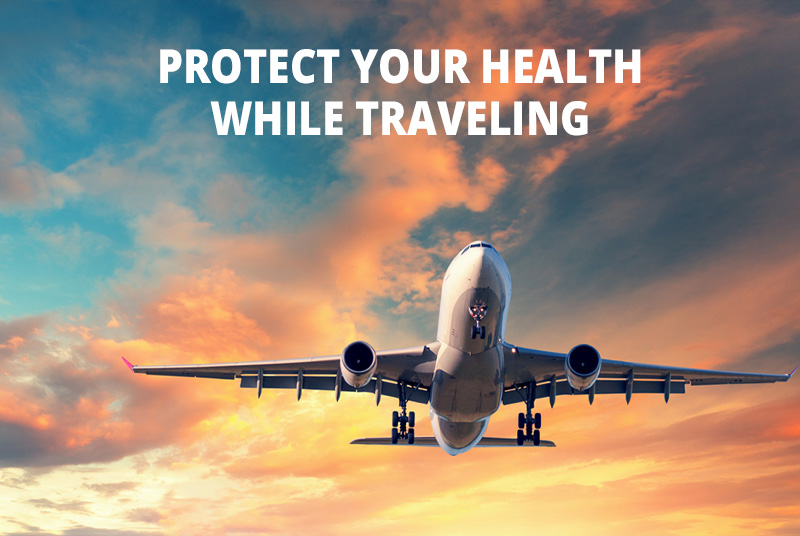
.png)
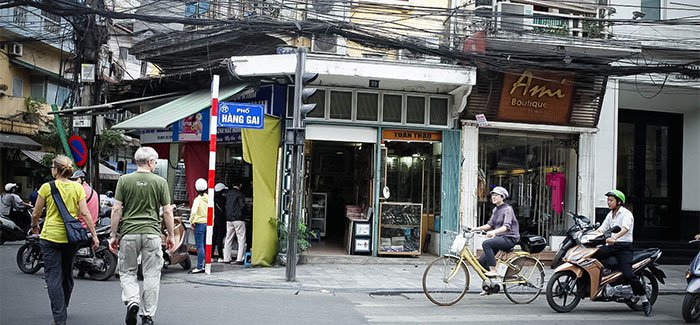
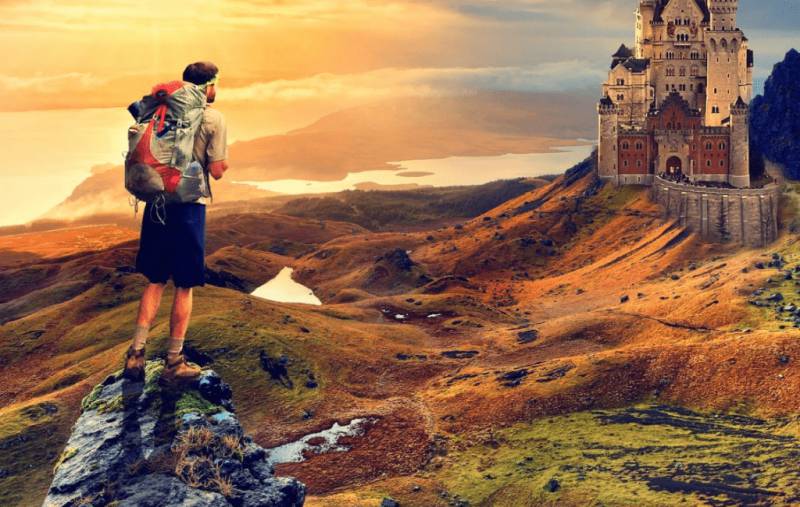
.jpg)

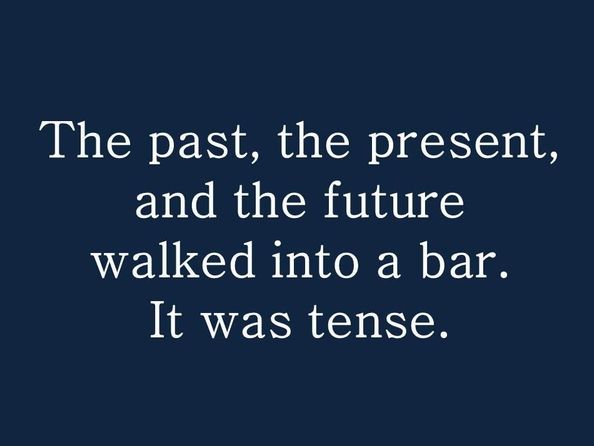
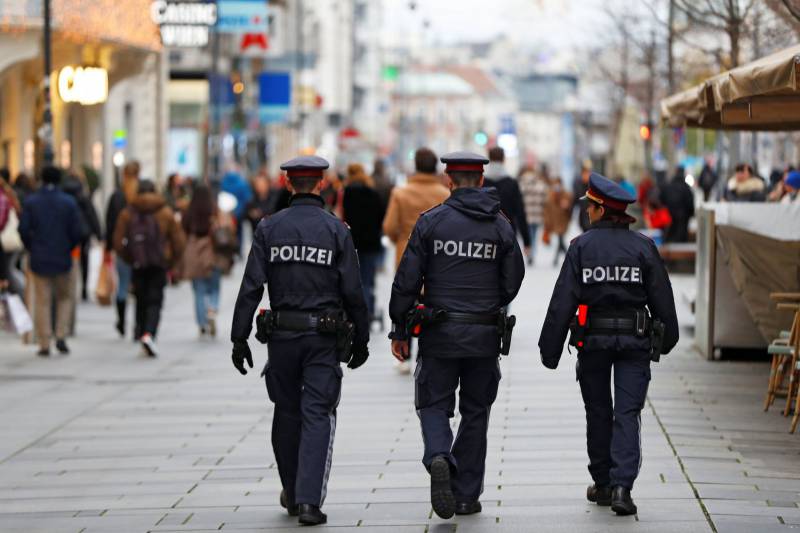
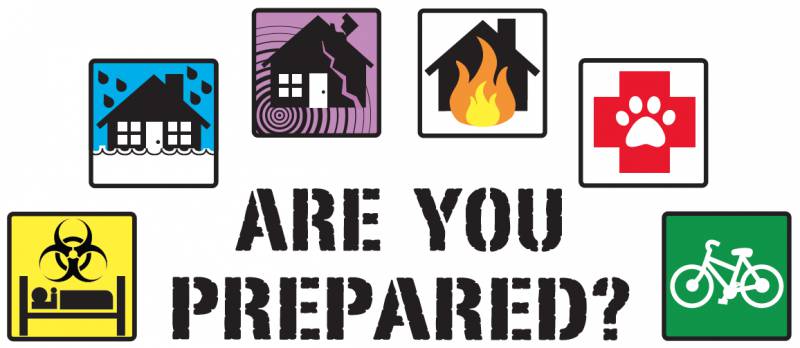

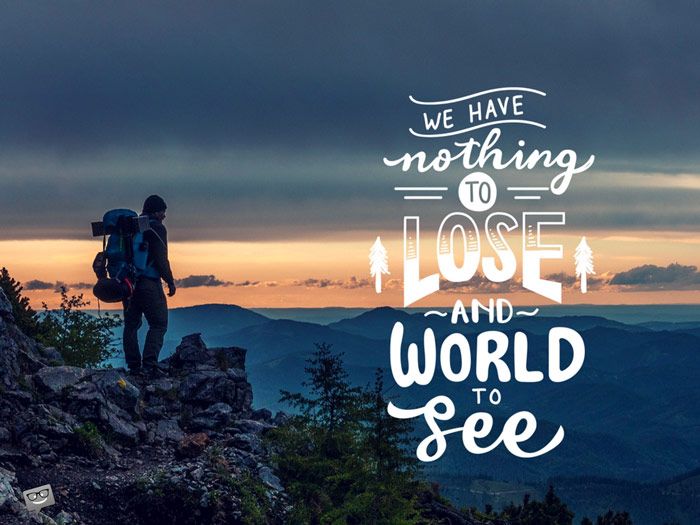
.jpg)
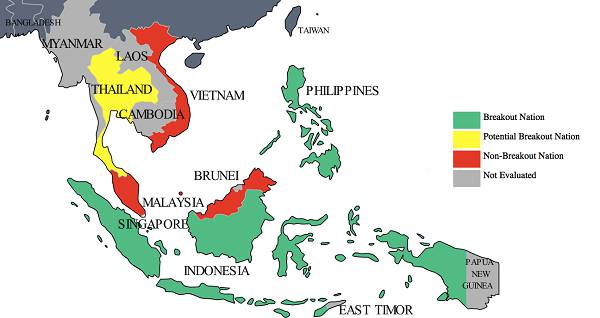
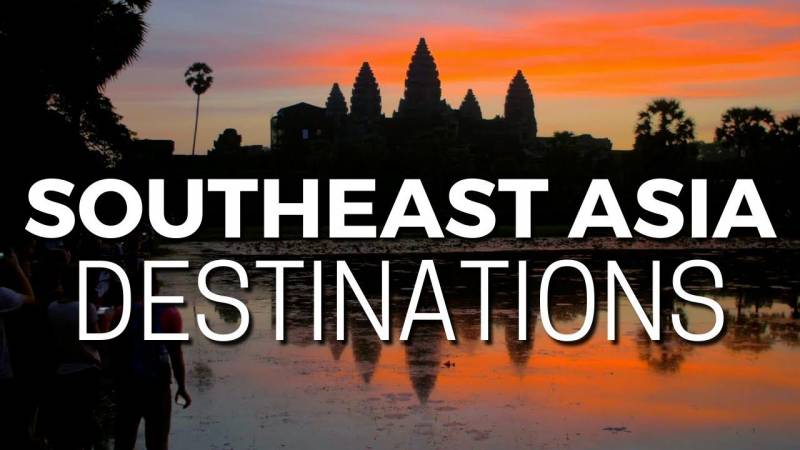
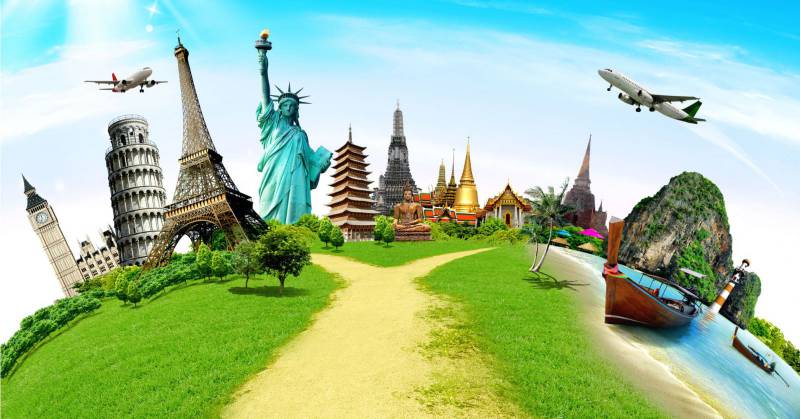

.jpg)






